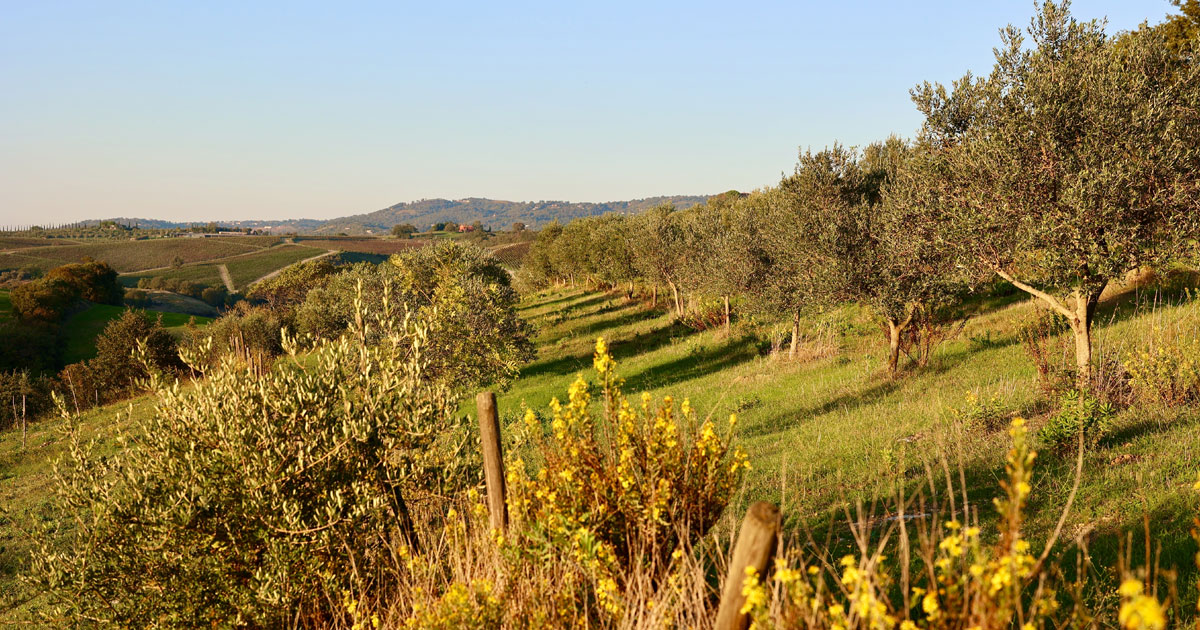By Renato Ferretti, Agronomist
The Green new deal that inspires the new phase of European politics is a decisive opportunity to ensure that the new landscape culture born from the European Landscape Convention (Florence, 2000) is affirmed in facts. The Convention sees the landscape as the epimanifestation of the overall organization of the territory made up of anthropic elements (the city and the villages, productive settlements, infrastructures, etc.) and of the natural or semi-natural elements such as the agricultural and forest landscape, and requires a coherent planning and design of interventions.
Plan and project The project of green cannot disregard the analysis and knowledge of the territory and the environment in which one is going to operate and the agronomic green project must be inserted in the territorial, vegetational and landscape context of reference, it must analyze all the resources, both physical and biological, and refer to a precise territorial planning.
The landscape project is an integrated project: agronomic, architectural and urbanistic, and it must be preceded by an adequate planning tool which will form the basis of the subsequent planning and management activities as envisaged by the “Urban Green Guidelines” prepared by the National Committee of Urban Green (Law 10/2013) and by the Minimum Environmental Criteria for Green (Ministry of Environment decree no. 63 of March 2020.
The green project is therefore not just a drawing or a list of plants but must follow criteria that ensure design coherence, environmental sustainability and functional effectiveness. This requires an interdisciplinary approach able to link agronomic, architectural, urban and landscape items.
Green spaces have always played a fundamental role in the livability of cities. In fact, a city is more livable if it reconciles nature and architecture, and if it preserves his natural assets. The presence of green spaces and elements, the so-called green infrastructure, is an important indicator of urban quality and sustainable urban development, both from a social, economic and environmental point of view.
Recognizing how essential the functions of urban green areas are in view of the adoption of policies for environmental sustainability, the legislator has regulated this matter with law n. 10 of 14 January 2013 (“Regulations for the development of urban green spaces”).
With this legislative provision, the Committee for the Development of Public Green Areas, was set up within the Ministry for the Environment. The committee role is to verify the implementation of the law and to support local authorities in fulfilment of the provisions contained therein.
As a result of the discussion and collaboration with Anci, Italian Municipalities Association, in 2017 the Committee has drawn up a document entitled “Guidelines for the management of urban green areas and first indications for sustainable planning”, conceived as a tool that allows administrators and technicians to have uniform indications valid throughout the national territory.
This document pays particular attention to the issue of planning and identifies, as a supplementary tool – although not mandatory – of the general urban planning regulation at the local level, the Municipal Green Plan. It is to be considered a tool that:
- draws a strategic vision of the (semi)natural, agro-forestry, urban and peri-urban layout of the city;
- defines the principles and sets the guidelines for the creation of public green areas within the future general urban planning (article 6, paragraph 1 letter e of Law 10/2013);
- represents a sort of regulatory plan for green areas, aimed at defining the future structure of green and blue infrastructures in cities, in order to respond to the social and environmental demand of man-made territories.
-
It is an enhancement of the green infrastructure in the following terms:
- environmental, with reference to the territorial ecological network, biodiversity conservation, the reduction of soil consumption and climate change mitigation;
- social and public health, through the reduction of pollution, the possibility of using green areas for sports and open-air activities, as well as for cultural activities;
- economic, through the employment that can originate from the recovery works of abandoned areas, from the implementation of innovative services and from the development of urban agriculture.













